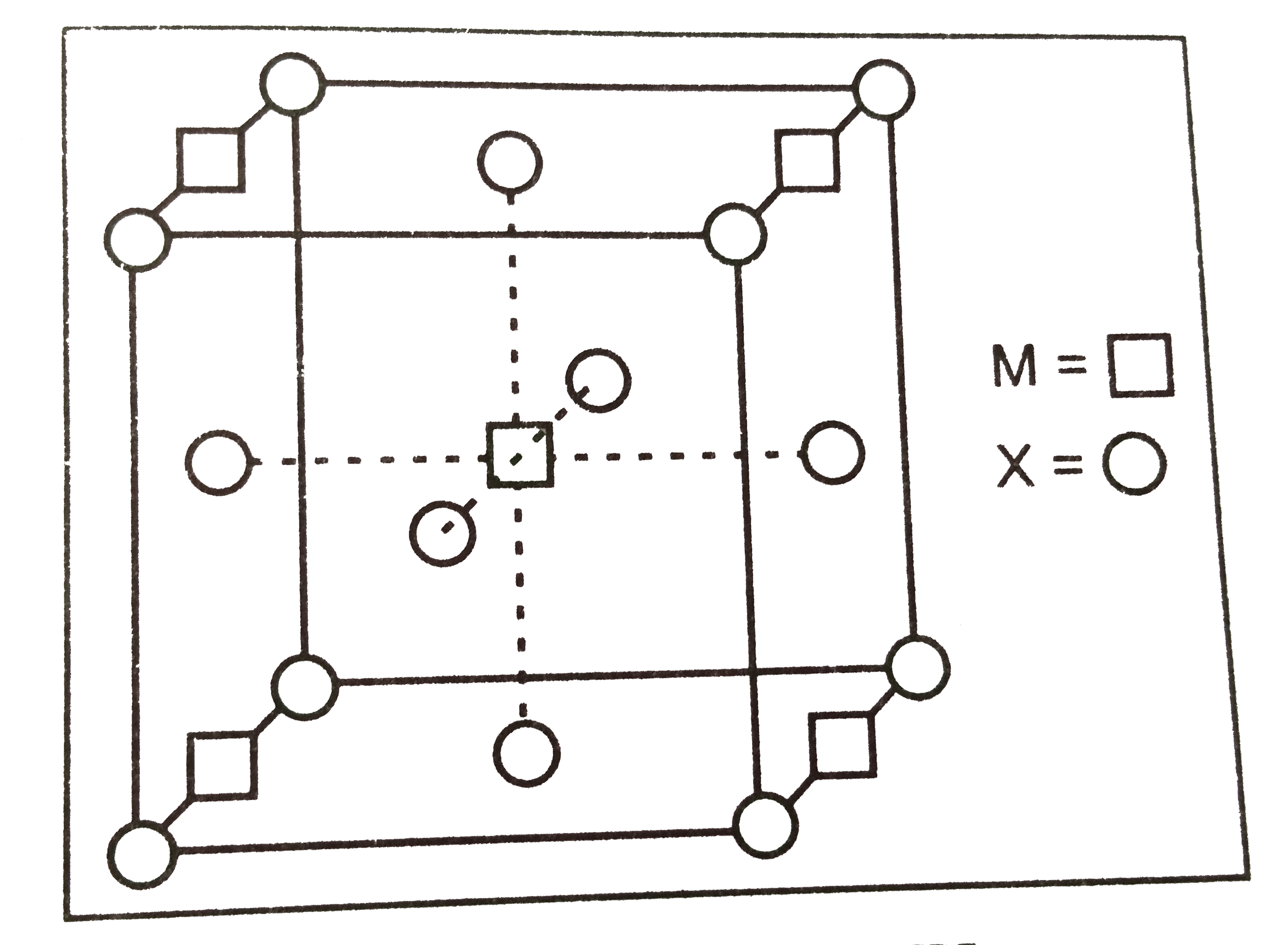In the questions given below, certain symbols are used with following meanings.
P * q means , P is neither equal to nor smaller than Q.
P⊕Q means, P is not smaller than Q.
P$Q means, P is neither greater than nor smaller Q.
P£Q means , P is neither greater than nor equal than Q.
P @ Q means, P is not greater than Q
Statements : I⊕H, H $ T, S £ T, S @ R
Conclusions : I∗T
II. I$T
III. S∗H
All are true
Either I or II and III are true
Only III is true
None of these
The correct Answer is:D
Statement : R≥S<T=H≤I
Conclusion :
(I) I∗T→I>T either case
(II) I$T→I=T
(III) S#H→S>H False
Topper's Solved these Questions
Similar Questions
In the following questions @ , # , %, * and $ are used according to following meaning :-
P∘Q' means, 'P is not smaller than Q'.
'P#Q' means, 'P is not greater than Q'.
'P%Q means , 'P is neither greater nor equal to Q'.
'P∗Q' means, 'P is neither smaller nor greater than Q'.
'P$Q' means, 'P is a neither smaller nor equal to Q'.
Now according to the following statements if they are true, judge their conclusion (I), (II) and (III) follow definiately true.
Statement : M % R, R # T, T * N
Conclusions : I. N @ R II. N $ R III. N $ M00:58View SolutionGaurav starts walking in the North direction and travels 5 km then he turns to his left and walks 10 km and then he turns to his left and covers the distance of 5 km. Now how far is he from his starting point ?
02:32View SolutionWord arrangement machine when given a particulars input rearrangement it following a particular rule. The following is illustration of the input and the steps of arrangement
Input : sui me ato fe zen U no
Step I : Sui ati zen no me fe U
Step II : U fe me no zen ati Sui
Step III : U me zen Sui fe no ato
Step IV ato no fe Sui zen me U
Step V : ato fe zen U no Sui me and so on . . . . . .
If input is ''Say not you are only wise yet'' then which Step would read as'' are Say only wise you yet ?03:55View Solutionp - ब्लॉक का तत्व है -
03:40View Solutionpx+qy=p−q qx−py=p+q
रेखिक समीकरणो के युग्मो को हल कीजिए :07:03View Solutionx और y के लिये हल कीजिए: px+qy=1 और qx+py=(p+q)2p2+q2−1
01:10View Solutionजाँच कीजिए कि निम्न प्रायिकताएँ P(A) और P(B) युक्ति संगत.(consistently) परिभाषित की गई हैं :
(I) P(A)=0.5 , P(B) =0.7 P(A∩B)=0 .6
(ii) P(A)=0.5 P (B) =0.4 ,P(B) = 0.4 ,P(A∩B)=0.501:02View Solutionएक यौगिक MpXq में X की घनीय संवृत संकुलन (ccp) व्यवस्था है । इसकी इकाई सेल नीचे दी गई है । यौगिक का मुलानुपाती सूत्र है ।
 02:12View Solution
02:12View Solutionयदि A और B दो घटनाएँ इस तरह से हों कि P(A)=13,P(B)=14,P(A∩B)=15 तो P(A/B)=
03:28View Solutionयदि P(A)=38,P(B)=12,P(A∩B)=14, तो P(A/B)=
05:01View Solutionयदि A तथा B दो स्वतंत्र घटनाएँ हों, तो सिद्ध करें कि P(A∪B)=1−P(A')P.(B')
03:02View Solutionयदि α,β,γ बहुपद f(x)=x3−px2+qx−r के शून्यक हो, तो 1αβ+1βγ+1γα=
02:58View Solutionयदि secθ+tanθ=p, हो,तो सिद्ध करो कि p2−1p2+1=sinθ
02:46View Solutionविलयन समीकरण P = …………. T है.
02:06View Solutionफास्फोरस पेन्टाऑक्साइड और फास्फोरस ट्राइऑक्साइड की संरचना में P−O−P सेतुओं की क्रमशः संख्या है-
01:51View SolutionP4 अणु की चतुष्फलकीय आकृति के कारण P−P−P बन्ध कोण 109∘,28 का होता है।
01:39View Solution

